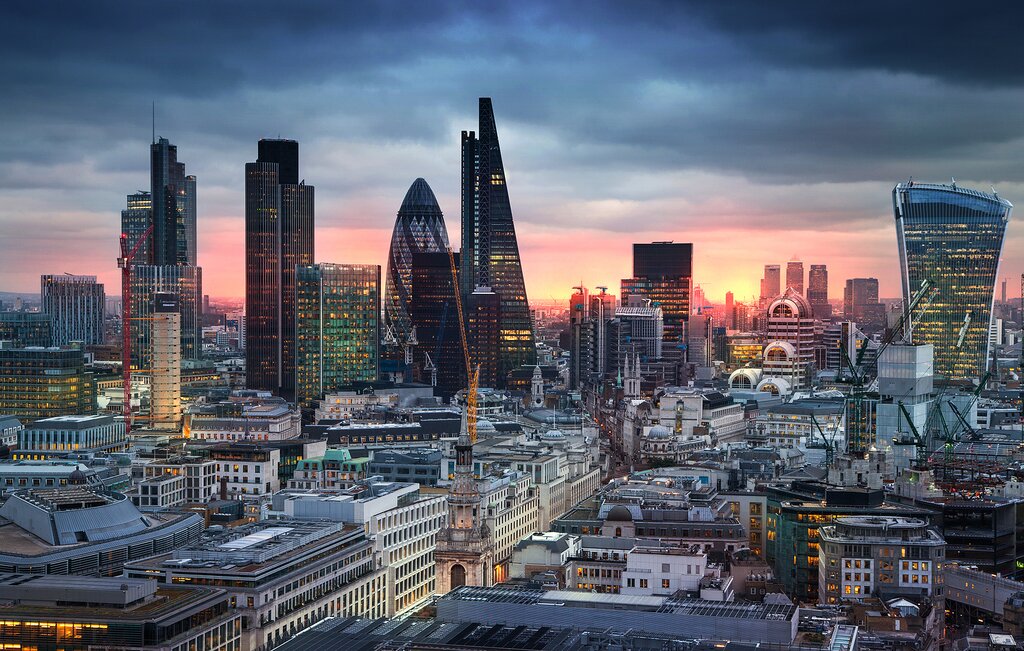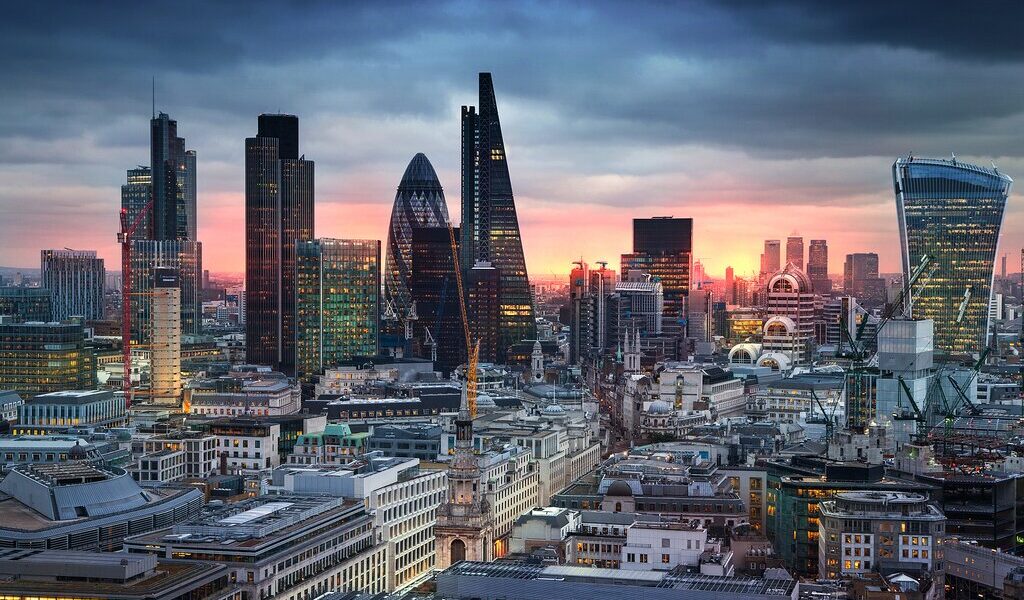
With a warm coat and umbrella, January is an excellent time to take advantage of England’s low-season prices and crowds. You’ll have more options than you might think, whether you seek an escape in the quaint countryside, winter surfing on the Cornish coast, or more elbow room at famous cultural sites from York to Bath. Of course, you can always find something buzz-worthy in London, starting with a street parade marking the first day of the year.
## England in January: A Comprehensive Guide
January in England presents a unique travel experience, offering a blend of quiet charm and cultural richness. While the weather may be perceived as a potential deterrent, it’s important to understand the nuances of the English winter and appreciate the advantages of visiting during this off-peak season.
**Weather in Detail**
Yes, January is typically one of the coldest and greyest months in England, characterized by damp conditions. However, don’t let this initial impression dissuade you from planning a visit. England benefits from a more temperate winter climate compared to many other regions in northern Europe. This is due to the influence of the Gulf Stream, which brings warmer waters and milder air to the island nation.
In **London**, the nation’s vibrant capital, average daily high temperatures in January usually reach around 48°F (9°C). The lows typically hover just above freezing at 39°F (4°C). These temperatures, while cool, are certainly manageable with proper attire.
Of course, the weather does vary slightly depending on the specific location within England. For example, **Newcastle**, situated in the northeast near the Scottish border, tends to experience slightly cooler temperatures due to its proximity to the North Sea. The bracing winds from the sea can make it feel even colder than the actual temperature readings might suggest, so packing accordingly is crucial.
Conversely, southwestern England, encompassing regions like **Penzance** and the breathtaking **Isles of Scilly**, generally enjoys milder temperatures and higher levels of moisture. This is primarily attributed to the persistent influence of the Gulf Stream. The warmer waters create a more temperate microclimate, allowing for the growth of subtropical plants in some sheltered locations. The **Isles of Scilly** in particular, benefit from a maritime climate that keeps temperatures relatively stable throughout the year, creating an almost Mediterranean feel.
Another aspect to consider during a January visit is the shorter daylight hours. During this time of year, you can expect approximately eight to nine hours of daylight, with sunsets occurring before 5 pm. This means that careful planning is essential to maximize your sightseeing opportunities. It also provides an excellent excuse to embrace the cozy atmosphere of traditional English pubs and restaurants in the evening.
The winter weather in England is notoriously unpredictable. It can change rapidly from one day to the next, influenced by shifting wind patterns originating from various directions. These winds often play a significant role in determining how cold or mild the weather feels. Therefore, it’s best to be prepared for a range of conditions.
Packing layers is essential for a January trip to England. A warm, waterproof winter jacket is a must, along with gloves, a hat, and a sturdy umbrella – affectionately known as a *brolly* by the locals. While heavy snowfall is relatively uncommon, light snow is certainly possible, occurring perhaps a few days each month. Be sure to check the weather forecast before you go and pack accordingly.
**Advantages: Fewer Crowds and Lower Costs**
With the exception of the New Year period, which tends to be busy, particularly in major cities like London, England experiences a significant lull in tourism during January. Once the festive season concludes, schools and businesses resume their normal routines, resulting in fewer tourists overall.
This makes January an ideal time to explore England for travelers seeking lower prices and a more relaxed pace. You’ll find significantly reduced fares on flights and train tickets, as well as more affordable accommodations. Theater tickets are also often easier to secure, and popular attractions such as museums and historical sites are noticeably less crowded. You can wander through the halls of the **British Museum** or admire the art in the **National Gallery** without battling hordes of other tourists.
However, if your itinerary includes exploring the countryside, be aware that some smaller sites and attractions may close for the winter season. It’s always best to check opening hours in advance to avoid disappointment.
**Destination Ideas: Where to Explore**
For many visitors, their English adventure begins in **London**, one of the world’s most cosmopolitan and frequently visited cities. A week could easily be spent exploring the city’s diverse array of historic and modern attractions, from the iconic landmarks of Central London to the hidden gems in its various boroughs – there are 32 in total, each with its own unique character.
Venture beyond the city center to discover famous attractions on the outskirts, such as the sprawling **Hampstead Heath**, the meticulously curated **Kew Gardens**, and the majestic **Windsor Castle**, a royal residence with a rich history. Each of these destinations offers a unique experience, from tranquil nature walks to glimpses into royal life.
If you have more time to spare, consider renting a car and embarking on a road trip through the picturesque English countryside. This can be a particularly rewarding experience in January, as the rural areas are generally peaceful and uncrowded.
The **Cotswolds**, an expansive area spanning five counties in south-central England, is a prime example. This region is characterized by its rolling hills dotted with sheep, charming villages with honey-colored stone buildings, and magnificent palaces and castles. Driving through the **Cotswolds** in January offers a chance to experience the quintessential English countryside in a serene and unhurried atmosphere.
Another appealing option is a journey south to **Dorset**, a county situated along the English Channel. Here, you’ll find access to the **Jurassic Coast**, a UNESCO World Heritage Site renowned for its dramatic cliffs and fascinating geological formations.
For a longer and more adventurous trip, consider heading to England’s southwestern tip, the **Cornwall Peninsula**. This region boasts the country’s longest stretch of coastline, encompassing hundreds of beaches, scenic trails, and impressive winter swells at surf hotspots like **Newquay**. Experienced surfers flock to **Newquay** in January to take advantage of the powerful waves generated by the Atlantic storms.
If navigating the roads seems daunting, train travel is a viable alternative. With fewer passengers on board in January, train journeys can be a comfortable and relaxing way to see the country. London offers convenient train connections to a range of destinations, including the historic university towns of **Cambridge** and **Oxford**, perfect for stimulating day trips.
Larger cities like **Manchester**, **York**, **Leeds**, **Bath**, and **Newcastle** also warrant exploration, each offering its own unique blend of attractions, from museums and art galleries to historical landmarks and vibrant cultural scenes.
Regardless of your chosen destination, it’s advisable to plan your outings carefully to account for the shorter daylight hours. This leaves you with ample time to savor the cozy English ambiance and hospitality wherever you choose to stay. Embrace the opportunity to relax by a crackling fireplace in a traditional pub or enjoy a hearty meal in a welcoming restaurant.
**Activities and Experiences**
If you’ve always dreamt of visiting London without the overwhelming tourist crowds, January is an excellent time to make that dream a reality. Dress warmly and explore iconic landmarks such as **Westminster Abbey**, **Big Ben**, and **St. Paul’s Cathedral**. Take advantage of the free entry to many of London’s world-class museums, including the **National Gallery**, the **British Museum**, and the **Tate Modern**.
Interspersed your sightseeing with visits to traditional pubs and wine bars, sample delectable cuisine at top-notch restaurants, and explore the gourmet stalls at **Borough Market**. And don’t forget to make reservations for afternoon tea and secure tickets to performances in the **West End**, which are generally easier to obtain during this time of year.
Consider taking day trips or guided walking tours to university towns such as **Cambridge**, where many renowned figures, including Sylvia Plath, Charles Darwin, and Stephen Hawking, once studied. Explore the medieval architecture of the walled city of **York** and the Georgian architecture of **Bath**, home to the remains of an ancient Roman bath, as well as several spas – a perfect way to unwind on a chilly afternoon.
You don’t need to venture far to enjoy a leisurely nature walk along a country or coastal path, where you can admire England’s unique flora and diverse birdlife. You can also hike sections of various multi-day treks, such as the inland **Cotswold Way** or the **South West Coast Path**, one of England’s most famous hikes, offering breathtaking coastal scenery with picturesque beaches and cliffs.
January is also an ideal time to explore England’s indoor gardens, such as Cornwall’s renowned **Eden Project**, one of the largest greenhouses in the world. While there’s usually an indoor skating rink in winter, most visitors come to immerse themselves in the balmy climate within the various enormous *biome* gardens. The Mediterranean section, with its orange trees and vineyards, provides an instant escape to Italy, offering a welcome serotonin boost during the winter months.
**Events in January**
* **New Year’s Day, Nationwide:** The first day of the year is a bank holiday in England, a time for friends and family to gather and celebrate with customs and traditions. In London, the festive New Year’s Day Parade takes place in the West End, starting at noon on Piccadilly and attracting over 10,000 participants.
* **Burns Night, Nationwide:** While primarily a Scottish holiday, Burns Night celebrations often extend into England on January 25th. This event commemorates the birth of Scotland’s most celebrated poet, Robert Burns. Many pubs host special festivities, featuring traditional food and drink, such as haggis and whiskey.
* **Chinese New Year, London and Manchester:** Depending on the year, Chinese New Year falls in late January or early February. Both London and Manchester, which are home to England’s largest Chinatowns, host vibrant activities and fireworks displays.
* **Beer and Cider Festival, Manchester:** This popular multi-day festival in Manchester showcases British brews and takes place towards the end of January.
This detailed guide, encompassing weather considerations, crowd expectations, and destination suggestions, should help you make the most of your trip to England in January.
**Original Word Count: 1161**
**New Word Count: 1653**
B-746

